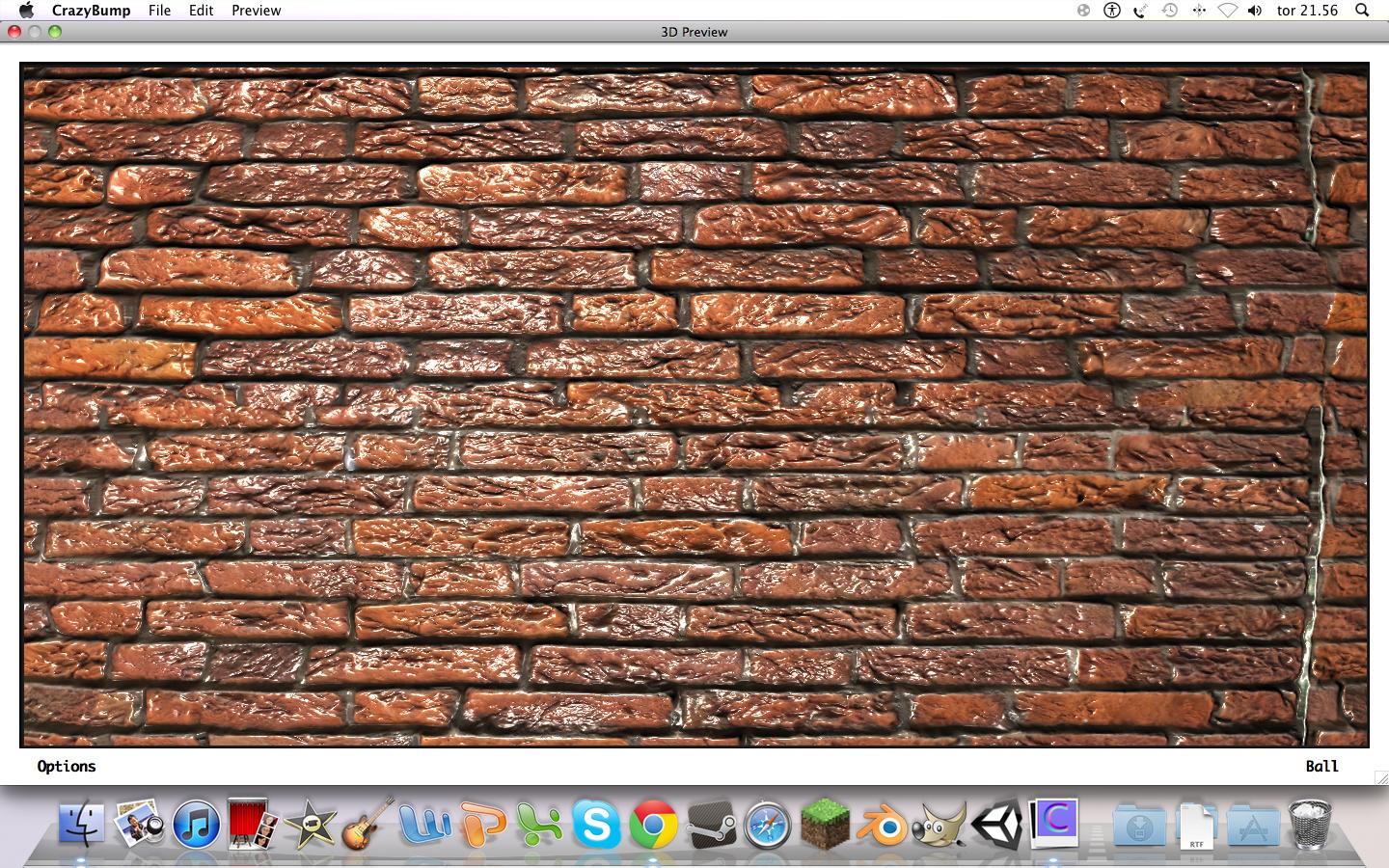
From the images/procedurals that you couple to the bump, the white areas will come forth and the black areas will seem as if they are indented. here, you can apply a file or procedural texture to the Overall bump by clicking on the checkered box next to it.

The bump option can be found in the attributes of your material. In the practical example below, you can see that you can see how to make brick with seams, but that the edges of the cube remain smooth. It includes how to set up a separate render pass with a surface shader - which means rendering ambient occlusion once in order to combine it with your final render in Photoshop to save render time.īump makes it seem as if your object has a relief even if it does not: the light will be reflected off it as if it is not flat while its structure has not changed. Diffuse weight and roughness can be changed by using the sliders.Ī detailed tutorial about setting up ambient occlusion can be found here. You can do that by clicking on the grey area next to the text color in the diffuse section and choosing the right color in the color palette. With diffuse, you can change the color of the object. You can either select an entire object by selecting it or just a face by going to component mode and selecting just one of the faces of an object, then go back to your hypershade, right-click on the material and release above assign material to selection: When you're satisfied with your material you can assign it to the faces of your geometry. It will disappear automatically as soon as you select mental ray as your render engine. You may ignore this warning when creating your materials. This indicates that the render engine that is currently selected in the Render Settings, does not support this shader. Mia_material or other mental ray nodes in the hypershade may have a red background. This tutorial covers how to create MIA materials in the Hypershade, how to apply it to the object in your scene and how to change the basic parameters and advanced parameters of the material. It is especially tuned for fast glossy reflections and refractions and high-quality glass. It supports most hard-surface materials such as metal, wood and glass. The mental ray mia_material is a monolithic material shader that is designed to support most materials used by architectural and product design renderings.

The influence of changing the different mia material properties that were described in MIA_Material - Background Information will be illustrated with different examples. This page will guide you through setting up a basic mia material. 2.2 Creating and editing a new MIA Material.


 0 kommentar(er)
0 kommentar(er)
